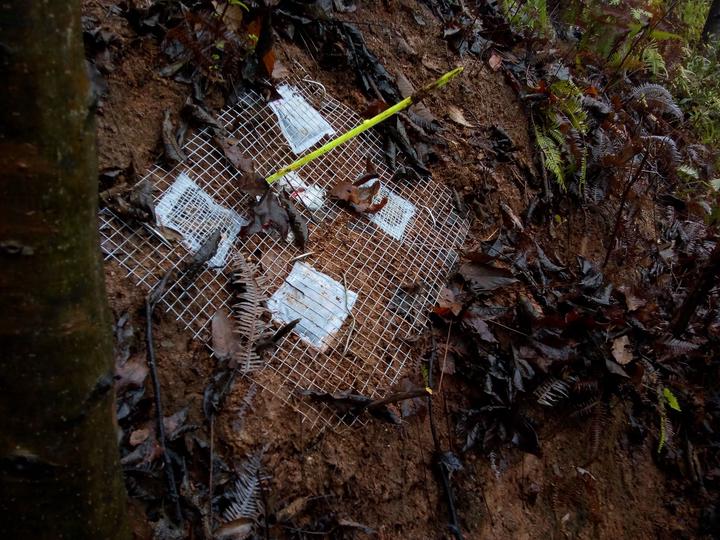
Abstract
Reforestation and afforestation programs are promoted as strategies to mitigate rising atmospheric CO2 concentrations and enhance ecosystem services. Planting diverse forests is supposed to foster such benefits, but optimal tree planting techniques, especially regarding species spatial arrangement, are underexplored. Here, using field measurements from the subtropical BEF-China experiment, we simulated leaf litterfall and decomposition, as a function of various spatial arrangements of tree species, from clusters of species to random distributions. We show that increasing tree species spatial heterogeneity in forests composed of nine tree species led to more evenly distributed litterfall, increased litter decomposition and associated nitrogen cycling by 45%. These effects were amplified with increasing plot species richness, while species functional trait identity and diversity modulated these relationships. The spatial arrangement of tree species is a critical component determining biodiversity ecosystem functioning relationships, and considering such spatial aspects is crucial for operationalizing biodiversity-ecosystem functioning theory in realistic re-/afforestation projects